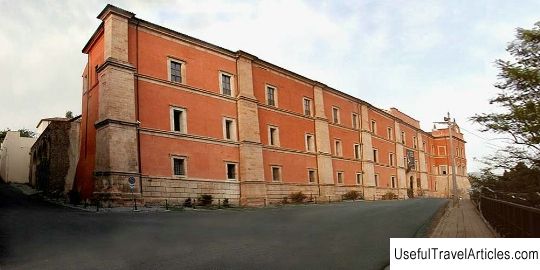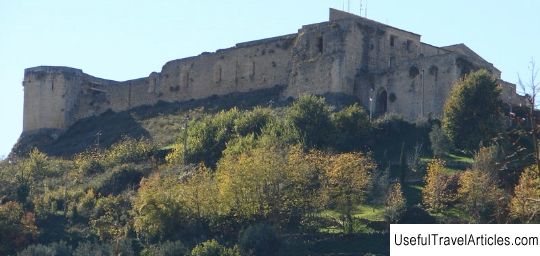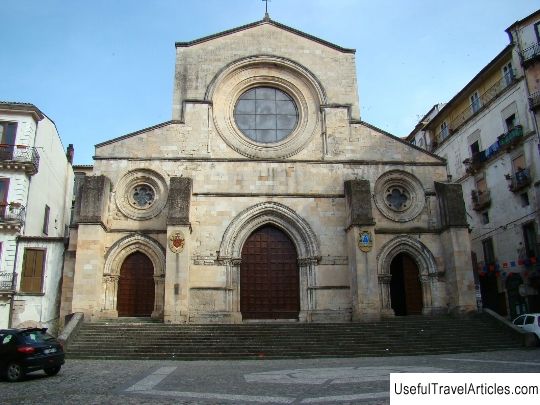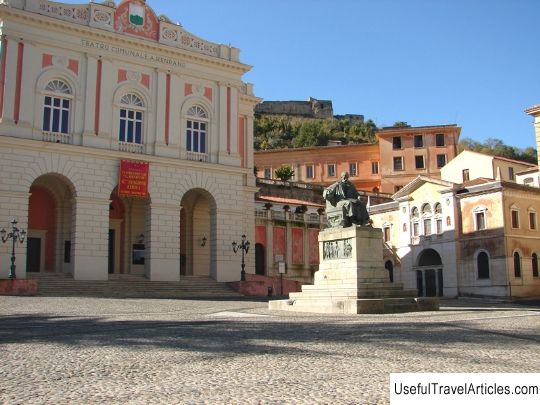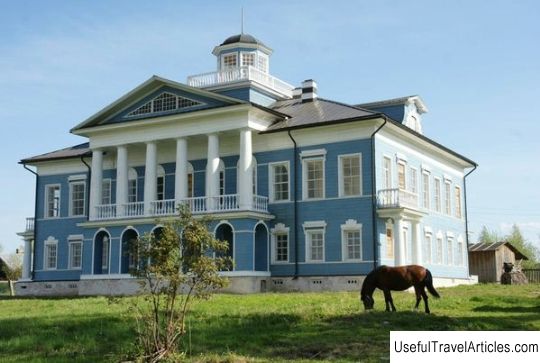Acri description and photos - Italy: Cosenza
Rating: 8,2/10 (123 votes) 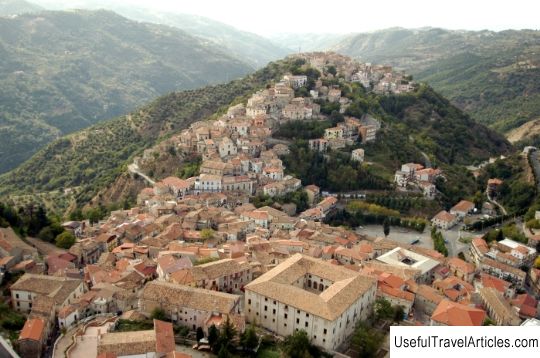
Acri description and photos - Italy: Cosenza. Detailed information about the attraction. Description, photographs and a map showing the nearest significant objects. The title in English is Acri. Photo and descriptionAcri is a small town in the province of Cosenza, located on three hills in the valley of the Mukone and Kalamo rivers on the very border of the Sila National Park. This territory was inhabited by people as early as the Neolithic era (3500 -2800 BC). In the late 20th - early 21st century, archaeological excavations were carried out on the Colle Dona hill, during which traces of two ancient settlements were found. One of them dates back to the Copper Age and the second dates from the Early Bronze Age. The last settlement was probably founded by the ancient Greeks. During the Second Punic War, Acri sided with Hannibal against Rome, but in the 3rd century BC. was captured by a powerful empire. Having become a Roman colony, the city experienced a period of economic prosperity. Later, after the fall of the Roman Empire, Akri became part of the kingdom of Odoacer, and then passed into the rule of the Ostrogothic king Theodoric. In the middle of the 6th century, the city was besieged by the troops of Totila, who plundered it and almost completely destroyed it. In the era of the Lombards, Acri became a gastaldat - an administrative center ruled by the king's henchman, and in 896 the city was captured again, this time by the Byzantines. Later, Acri was repeatedly attacked by the Saracens, who did not spare its inhabitants. Only with the arrival of the Norman ruler Robert Guiscard began a relatively calm period in the history of the city. In the 13th century, under the Hohenstaufen, Acre experienced an economic boom again with the development of the silk trade. Then, together with other cities of southern Italy, he became part of the possessions of the Anjou dynasty, which ruled here for two centuries. The Angevins were replaced by the Aragonese, who brought destruction and death with them. The tragic episodes of that period were the burning of the Church of Santa Maria Maggiore with women and children inside and the public execution of Commander Nicolo Clandioffo. In 1496, the Aragonese was expelled by the French king Charles VIII, whose troops destroyed the castle and executed many members of the local aristocracy. Today, Acre is a quiet provincial town that offers tourists a number of attractions to explore. The main churches of the city survived, despite numerous earthquakes and other cataclysms, and retained their historical and architectural significance. The same church of Santa Maria Maggiore was rebuilt in the 17th century - today you can see a wooden crucifix from the 14th century and other works of art. Also in Acri, it is worth visiting the Capuchin monastery, the medieval church of Annunziata, and the temple of Beato Angelo d'Acri with an adjoining museum, which has a real room where Blessed Angelo spent his days in prayer, and numerous items of his clothing. The body of the most blessed one is kept in a glass grave in a temple named after him. Also noteworthy are the ruins of an ancient castle and a number of former aristocratic residences, now turned into museums, for example, Palazzo Sanseverino and Palazzo Ferraudo.       We also recommend reading Zheleznov estate description and photo - Russia - Ural: Yekaterinburg Topic: Acri description and photos - Italy: Cosenza. |
